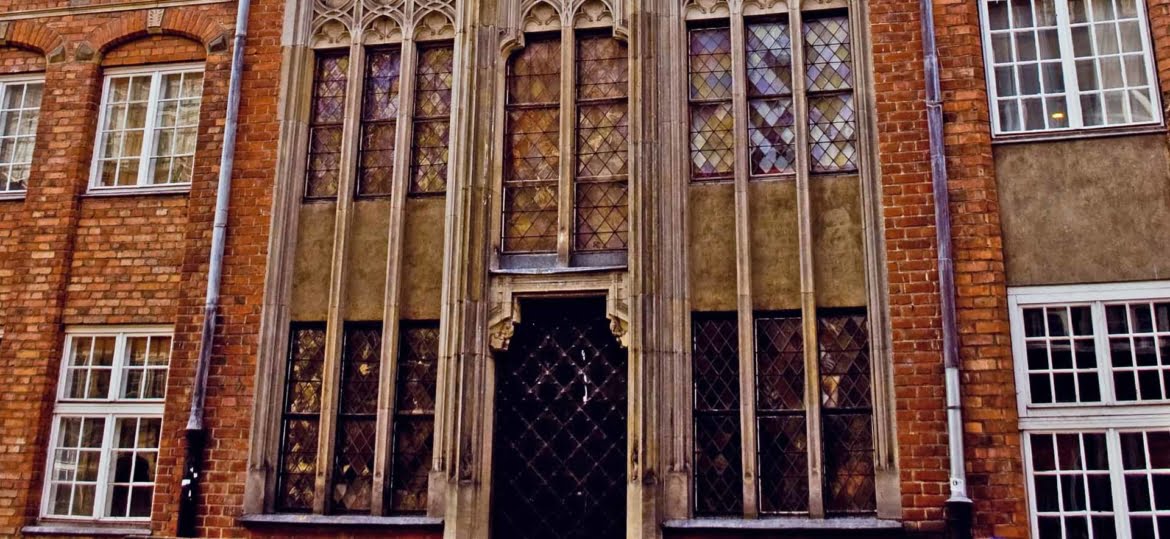
Dating back to 1520, a late-Gothic tenement house at Chlebnicka 14 Street, historically belonging to the Schlieff family, is recognised as one of the most beautiful bourgeois houses on Polish land erected in Gothic style. The architecture of the building reveals a clear influence of English Gothic, which is a truly exceptional phenomenon in a local context. The house features an awe-inspiring monumental glass facade, decorated with openwork stone detail and vertical lisens giving the building its soaring expression. The windows are topped with late Gothic ‘ogee arches’ and the portal has been decorated with lion sculptures. The tenement is surmounted with a stone attic with a form of castle crenellation. The Schlieff family coat of arms has been placed in the middle merlon of the attic. For over 300 years, the house had been a pearl of Gdańsk, but at the beginning of the 19th century, when it had not been renovated for a long time, it began to threaten to collapse, and the city authorities refused to grant a subsidy for its renovation. For this reason, the house was finally demolished. The historic façade, however, was saved by dismantling its elements, which were purchased for the amount of three hundred thalers by the King of Prussia, Frederick William III. The king transported the disassembled monument to Potsdam and laid it in the facade of the romantic castle built on Peacock Island. It is also the place where the original Schlieff Family House exists till this day. Despite this, the beautiful architecture of this building has not been forgotten in Gdańsk. In Gdańsk, it is worth seeing a copy of the Schlieff Family House erected after 150 years on the plot at Chlebnicka Street. The building is part of the Academy of Fine Arts in Gdańsk.

